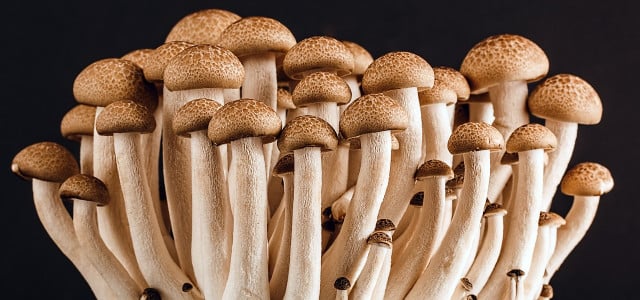Nitrate vs. nitrite: What's the difference? Learn how these food additives are used and their potential positive and negative health effects.
Nitrate and nitrite are two inorganic chemical compounds that are widely used in the food industry as preservatives and color fixatives, as well as for their potential health benefits. While both compounds have been linked to potential health advantages, their use in foods has also been associated with health hazards, such as increased cancer risk. We’ll explore the differences between nitrate vs. nitrite, their uses in foods, and the potential health benefits and risks associated with their consumption.
What is Nitrate?

(Foto: CC0 / Pixabay / Pexels)
Nitrate is a naturally occurring compound found in soil, water, and plants. It is used by the human body to produce nitric oxide, a molecule that helps to relax and widen blood vessels, improving blood flow and reducing blood pressure. In the food industry, nitrate is commonly used as a food supplement due to its potential health benefits. For instance, nitrate is used as a preservative in processed meats, as it can prevent the growth of harmful bacteria such as Clostridium botulinum.
According to a 2018 study, nitrate-rich foods such as beet juice and spinach can enhance physical performance and reduce oxygen consumption during exercise. It can also play a role in cardiovascular health by reducing blood pressure and improving blood flow.
However, the use of nitrate in processed foods has raised concerns due to the potential formation of nitrosamines, which are carcinogenic compounds. Consequently, it may be important to limit the amount of nitrate that we eat in food products.
What is Nirtrite?



(Foto: CC0 / Pixabay / ExplorerAtHeart)
Nitrite is a compound that can be used as a source of nutrition in the food industry. It is formed by the oxidation of ammonia by ammonia-oxidizing bacteria (AOB), and it can be found in vegetables, fruits, and processed meats. For instance, nitrite is used as a food additive to preserve flavor in cured and processed meats.
Some research suggests that nitrite may have anti-inflammatory properties, which could be beneficial in the prevention and treatment of chronic inflammatory diseases. As such, there is some evidence that nitrite may have neuroprotective effects and could be useful in the prevention and treatment of neurological conditions such as Alzheimer’s disease and Parkinson’s disease.
However, like nitrate, its usage also poses risks, as nitrite can potentially convert into carcinogenic nitrosamines. Therefore, it is important to regulate the usage of nitrite in food products and assess its benefits and risks carefully. Further research is necessary to fully understand the role of nitrite in our diet.
Nitrate vs. Nitrite: What's the Difference?



(Foto: CC0 Public Domain / Unsplash / Mirko Fabian )
Nitrates and nitrites are both chemical compounds that are important sources of nitrogen. In the food industry, nitrate and nitrite are commonly used as food preservatives (to prevent the growth of harmful bacteria) and food additives (to improve the color and flavor of meat products). However, excessive consumption of either can lead to health problems, namely the formation of carcinogenic compounds in the body. While both have this issue, they do differ in a few ways:
Composition:
The main difference between nitrate and nitrite is the number of oxygen atoms they have. Nitrate has one nitrogen atom and three oxygen atoms, while nitrite has one nitrogen atom and two oxygen atoms. Nitrate and nitrite can be converted into each other in the body, but nitrate is generally considered to be less harmful than nitrite.
Risks:
- Nitrate is generally considered safe and is even converted into beneficial nitric oxide in the body. However, nitrate can also be converted to harmful nitrosamines under certain conditions, such as in the presence of amines and in acidic environments, like the stomach. High levels of dietary nitrate may also increase the risk of methemoglobinemia, a condition in which oxygen transport in the blood is impaired.
- Nitrite is riskier as it can react more readily with compounds in the body to form harmful nitrosamines. However, it also has beneficial effects, such as its ability to prevent the growth of harmful bacteria in certain foods and enhance flavor at the same time. Therefore, nitrite is often used as a food preservative or additive. Still, its use is strictly regulated by food safety authorities to ensure that nitrite levels in food products are kept at safe levels.
Benefits:
As discussed, nitrate may have cardiovascular and athletic performance benefits. Nitrite, on the other hand, may have benefits such as antimicrobial properties. But, ultimately, it’s important to consume both nitrate and nitrite in moderation and as part of a balanced diet.
Read more:
- Best Fertilizer for Fruit Trees: Per Age and Tree Type
- How to Add Nitrogen to Soil: 8 Cheap & Easy Methods
- Plant-Based Diets for Beginners: A Helpful Overview
Do you like this post?







